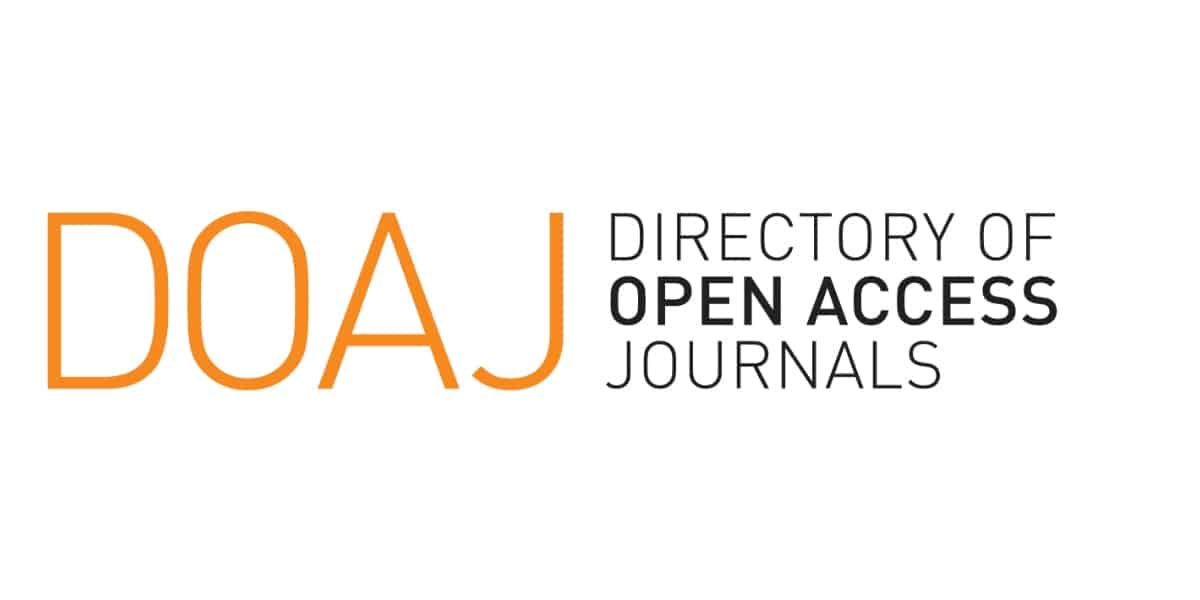Penerapan Metode FIFO (First In, First Out) dalam Pengelolaan Gudang Pelumas PT PLN Nusantara Power Up Tanjung Awar-Awar Kabupaten Tuban
Keywords:
FIFO, Gudang Pelumas, Tata Letak Gudang, Pengelolaan Inventaris, Efisiensi Logistik pada PelumasAbstract
This study aims to evaluate the application of FIFO (First In, First Out) method in managing the lubricant warehouse at PT PLN Nusantara Power UP Tanjung Awar-Awar. The FIFO method is used to ensure that the first item received is the first item used, thus minimising the risk of product quality degradation due to long storage. This study was carried out using a quantitative descriptive approach, using Reorder Point (ROP) and Reorder Quantity (ROQ) data to analyse the efficiency of storage space and logistics flow. The results of the study indicate that the FIFO method successfully improves warehouse management efficiency, minimises wastage of space and ensures that lubricant quality is maintained. The study recommends the implementation of a new warehouse layout to optimise more efficient and adaptive logistics operations.
References
[1] B. Jørgensen, Warehouse Management: A Complete Guide to Improving Efficiency and Minimizing Costs. Routledge, 2018.
[2] R. Singh, V. Chawla, and S. Singh, "FIFO Methodology in Inventory Management: A Case Study," Journal of Operations Management, vol. 12, no. 3, pp. 45-56, 2020.
[3] L. Zhao and X. Wang, "Improving Warehouse Efficiency with FIFO: A Practical Approach," International Journal of Logistics Research, vol. 15, no. 2, pp. 120-134, 2019.
[4] J. Smith and T. Brown, Inventory Management Best Practices. McGraw-Hill, 2020.
[5] A. Harrison and R. Van Hoek, Logistics Management and Strategy. Pearson, 2021.
[6] D. J. Bowersox, D. J. Closs, and M. B. Cooper, Supply Chain Logistics Management. McGraw-Hill Education, 2019.
[7] D. M. Lambert, S. J. Garcia-Dastugue, and K. L. Croxton, "Managing Logistics in a Dynamic Environment," Journal of Business Logistics, vol. 39, no. 1, pp. 67-85, 2018.
[8] S. Kumar, P. Mehta, and R. Gupta, "The Role of FIFO in Quality Assurance: A Case Study in Pharmaceutical Industry," Journal of Manufacturing Systems, vol. 42, pp. 112-125, 2020.
[9] P. Johnson and R. Johnson, "FIFO Application in Food and Beverage Industry: A Review," Food Logistics Journal, vol. 29, no. 4, pp. 33-47, 2021.
[10] M. Christopher, Logistics and Supply Chain Management. Pearson, 2016.
[11] J. T. Mentzer, D. J. Flint, and G. T. M. Hult, "Developing a Logistics Framework: A Guide to Strategic Implementation," International Journal of Logistics Management, vol. 28, no. 3, pp. 92-110, 2017.
[12] A. Rushton, P. Croucher, and P. Baker, The Handbook of Logistics and Distribution Management. Kogan Page, 2017.
[13] N. Chandrasekaran, "Improving Inventory Efficiency Through FIFO Methodology," International Journal of Operations and Production Management, vol. 40, no. 5, pp. 78-95, 2021.
[14] T. Wild, Best Practice in Inventory Management. Routledge, 2019.
[15] M. A. Waller and S. E. Fawcett, "Data-Driven Supply Chain Management: The Impact of Inventory Practices on Firm Performance," Supply Chain Management Journal, vol. 24, no. 2, pp. 14-25, 2018.
Downloads
Published
Issue
Section
License
Copyright (c) 2024 Muhammad Tamim Tsaqib, Sumiati (Author)

This work is licensed under a Creative Commons Attribution 4.0 International License.
















